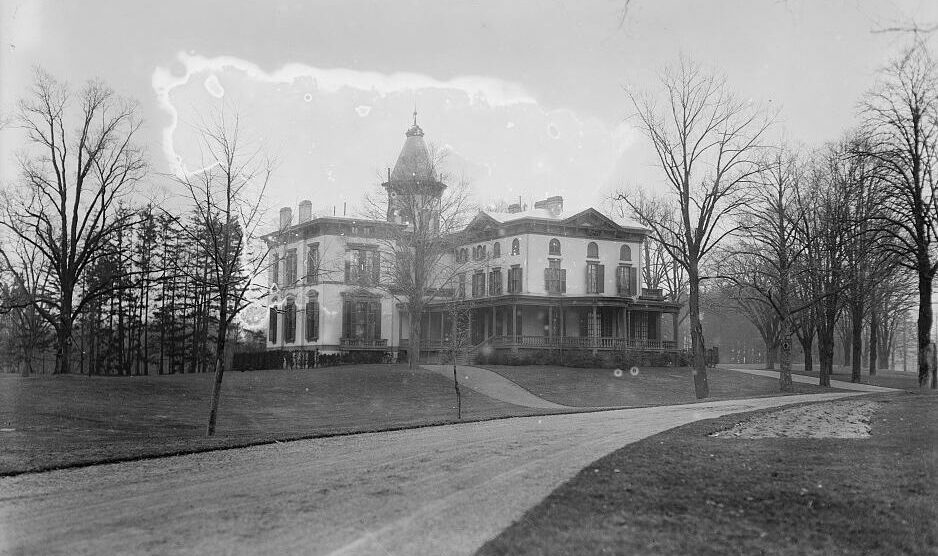Secret Origins of the “Southern Strategy”
Jim Antle, over at the American Spectator blog, has picked a bone with Dave Weigel’s remark over at Reason that “George Wallace’s 1968 campaign spurred the GOP to take the Southern position on civil and states’ rights.” Not so, says Antle: Nixon “took some positions, like opposing forced busing and nominating Southerners to the Supreme Court, that addressed Southern civil and states’ rights concerns. But if we define the ‘Southern position’ as being George Wallace’s circa 1968, that was certainly not the position Nixon ever took.”
Antle is correct, but there’s another angle on Wallace, Nixon, and the “Southern strategy” that bears mention. Nixon didn’t have to look to Wallace to see the rising importance of the South and Southern concerns for the Right’s coalition. The Goldwater race in ’64 had already shown what opposition to busing and support for states’ rights could do for Republicans. Goldwater only carried six states — but five of them were Deep South states that hadn’t voted Republican since Reconstruction. If the GOP could keep those states and reclaim Northern and Midwestern strongholds that Goldwater had lost, the party would be on the way to steady wins. Which turned out to be the case, at least for a time.
The two books I reviewed in the March 24 TAC, Alfred Regnery’s Upstream and Donald Critchlow’s The Conservative Ascendancy, both offer some interesting background on what became the Southern strategy. Regnery argues that National Review‘s Bill Rusher had outlined the strategy as early as February 1963, noting that (in Regnery’s words), “a conservative Republican with support in the Midwest and West could make inroads into the solidly Democratic South because of Southerners’ discomfort with the civil rights movement and thus eke out a presidential victory.”
Before we acknowledge Rusher as the true inspiration for the Southern strategy, however, we should consider the plans that Clarence Manion, architect of Goldwater’s first presidential foray, had in mind for 1960. Donald Critchlow describes them thus:
Manion, the former dean of the University of Notre Dame Law School, hoped to rally conservatives behind a Goldwater nomination, with the expectation that when the nomination fell through, it would lead to the formation of a new, conservative third party. Manion believed that Goldwater could be enlisted to head the new third party’s ticket, joined by an unnamed southern Democrat. …
He was convinced that if Rockefeller won the nomination [in 1960], conservatives within the GOP would break to form a new party. Although some people around Manion spoke of running Orval Faubus of Arkansas (best known for his opposition to school integration in his state), Manion doubted the viability of a Faubus candidacy. For a while Manion hoped that South Carolina Governor Ernest Hollings might lead a southern revolt in the Democratic party, but in the end Hollings refused to go along with the scheme. Although Manion did not support forced racial segregation in the South, either in public or in his private correspondence, he saw civil rights as an Achilles’ heel of the Democratic party in the South. Anti-Communism and anti-big government drove Manion’s politics, but he was willing to seize upon dissension within the Democratic party, apparent in the formation of the States’ Rights party in 1948 headed by South Carolina Governor Strom Thurmond.
If I recall correctly, Rick Perlstein’s Before the Storm also goes into this. The idea of building a conservative coalition by uniting Western and Northern anti-New Dealers and Southern segregationists had been kicking around since the ’50s. And Goldwater — who was no segregationist, but did support states’ rights — proved in 1964 that at least part of the plan worked in practice.
